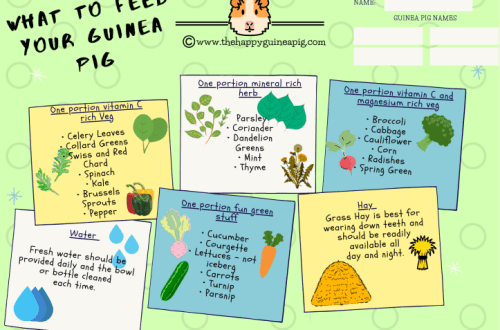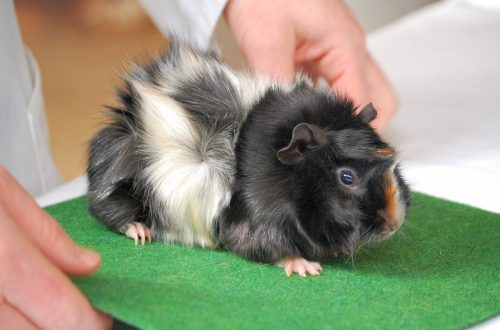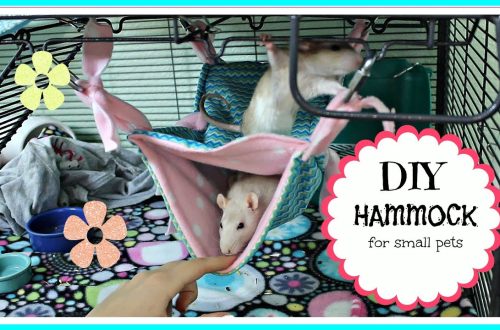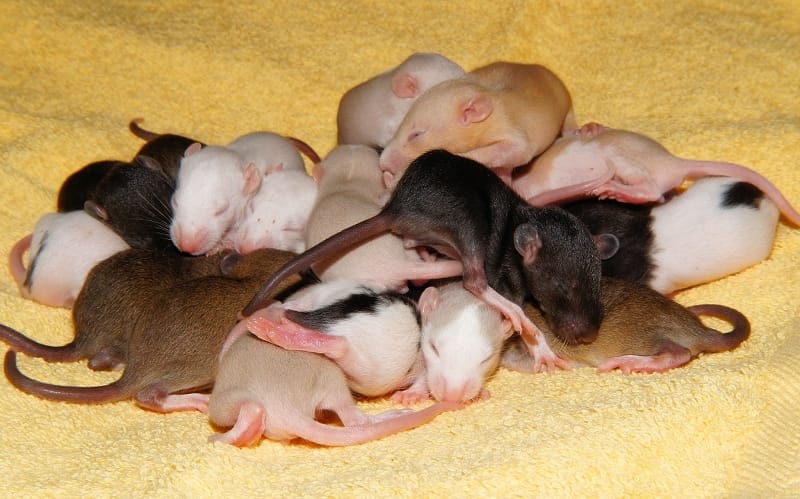
Newborn rat pups: development, care and feeding of rat pups
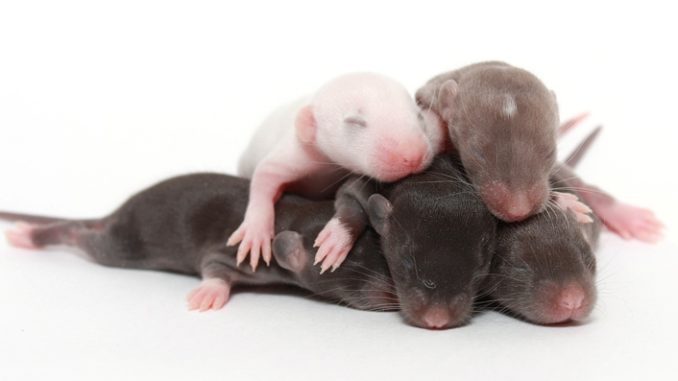
Newborn rats are a cute and sometimes shocking surprise for the owner of the rodent. Novice rat breeders sometimes face the problem of an unexpected pregnancy in their decorative rat, this happens after visiting their relatives with a pet, with an accidental joint keeping of heterosexual rodents or covering a female with a wild male, sometimes pregnant individuals are already sold in pet stores.
An inexperienced owner of a domestic rat may not even be aware of the imminent replenishment of the pet’s family, in which case, the discovery of a whole brood of naked squeaking lumps in the cage of his pet may come as a complete surprise to him. Sometimes, the owners deliberately knit a female to get rat offspring at home.
Contents
What do newborn rats look like?
Newborn rats, of course, cause tenderness and a surge of tenderness, but now all the worries about a nursing mother and her children fall on the shoulders of the owner of the rodent.
The baby rat looks very cute and touching, reminiscent of a pink baby doll made of celluloid with pink skin and a large rounded head. Little rats are completely devoid of hair, are born blind and deaf, although the sense of smell and instincts in these touching babies are already developed. By smell, the cubs find the mother’s nipple, gorge themselves on nutritious milk and fall asleep near the warm belly of the female.
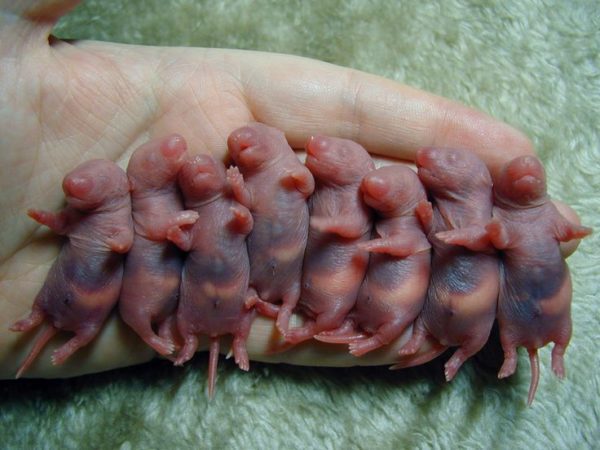
On the large head of a small rat, through the translucent skin, you can see huge dark balls of eyes, which indicates the dark color of the animal. If the contours and color of the baby’s eyes cannot be determined, then the rodent’s coat will be light: red, white or yellow.
A newborn rat is very small and defenseless, the weight of the cub at birth is only 3-5 g, the body length of females reaches 5-6 cm, males – up to 9 cm.
IMPORTANT!!! It is impossible to touch newborn rats. The baby’s body is very fragile, one awkward movement can kill the animal. The rat will also not accept a baby with the smell of human hands; the owner’s excessive curiosity can end in the death of the cub.
How a rat takes care of rat pups
Rodents by their nature are excellent mothers, a rat with rat pups spends all day, gently takes care of, feeds and takes care of babies. The female covers her numerous brood with her body all day, warming and protecting the cubs. The warmth of the body of a rat and frequent feeding with nutritious milk stimulate the development of all organ systems of small animals, it is almost impossible to feed and save the life of newborn babies without mother’s care.
Sometimes, a rat brings a litter of 15-20 pups, some of the stronger cubs more often than others find themselves near the nipple with milk, the rest of the rat pups may die without feeding. In such cases, in the second week, shortly fed nimble babies can be placed in a separate container with a constant temperature of 39 ° C maintained in it; for this purpose, you can use a heating pad or bottles of warm water.
Rat cubs at birth cannot empty their intestines on their own, the mother often licks the babies’ tummies, stimulating the intestines and removing the feces of the newborns.
A small rat is an absolutely hairless creature, the body of a tiny animal is overgrown with hair only in the second week of the rodent’s life. Decorative rat cubs are not able to maintain a constant body temperature, therefore, without the warm belly of the mother, naked babies cannot physically survive.
If the mother leaves the newborn for a few minutes, the body temperature of the rat pups instantly drops, they stop moving and fall asleep. Mommy carefully monitors the body temperature of each baby all day, if necessary, the rat swaps the children.
The rat gradually reduces the time spent next to the children, adapting the newborn to environmental conditions and independently maintaining normal body temperature. If at birth the female practically does not leave a brood, then by the end of the first week, the babies spend a third of their time without a mother, with a further increase in the independent period.
Development of rat pups by day
Newborn rodents grow very quickly, a defenseless blind lump becomes an adult after 4 weeks, puberty of males occurs at 5, and females at 6 weeks. The development of rat pups by day occurs as follows:
1 day
Immediately after birth, rat pups are naked, pink, blind and deaf babies with underdeveloped limbs and a small tail that can only squeak, suck and sleep.
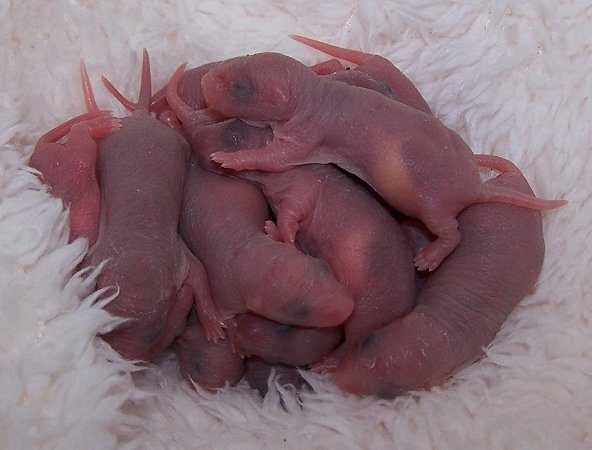
3-4th day
The ears of the cubs open, now the rat pups can distinguish not only smells, but also sounds.
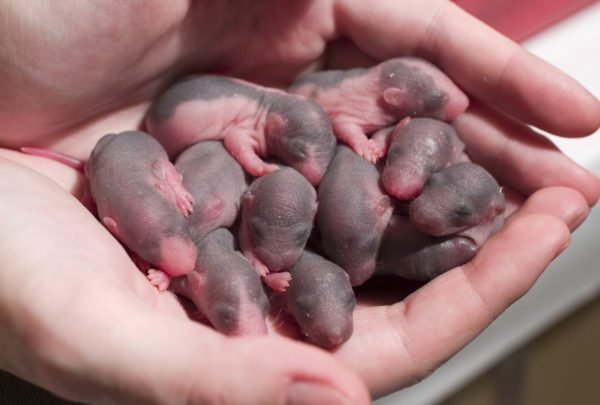
5-6th day
The bodies of newborns begin to be covered with the first soft hairline, the skin has become flesh-colored with dark spots, the presence of which determines the color of rodents.
8-10th day
The first teeth erupt in rat pups, the babies are already covered with short velor fur, the cubs become very nimble, arrange fights because of the mother’s nipple, movements are not yet fully coordinated.
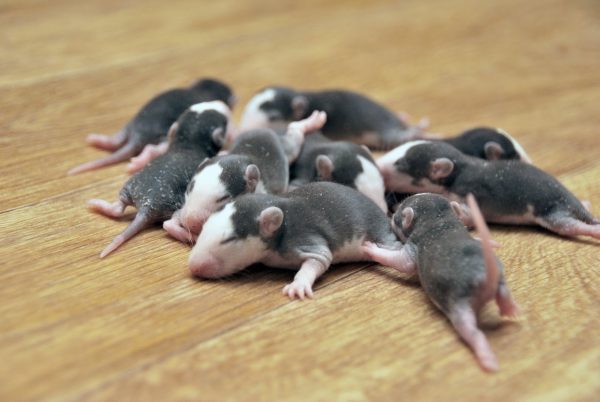
12-13th day
The eyes of the babies open, the rat pups explore the territory, actively try to get out of the nest, but the rat diligently returns the children to their original place.
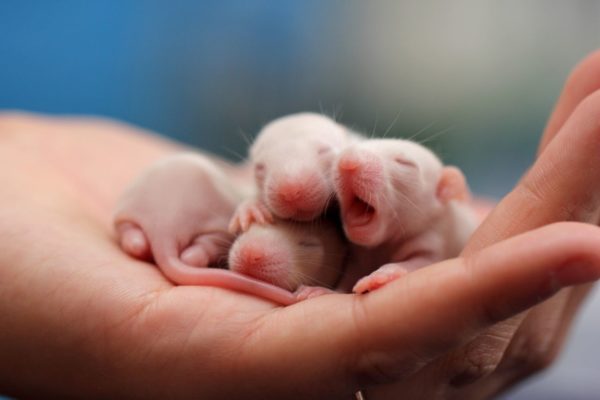
14-16th day
At this time, secondary sexual characteristics are formed and the sex of the animals can be determined; in females, nipples are visible on the abdomen.
16-18th day
Babies actively begin to try their mother’s food, try to gnaw on all the surrounding objects, from this period they can introduce the first feeding of animals.
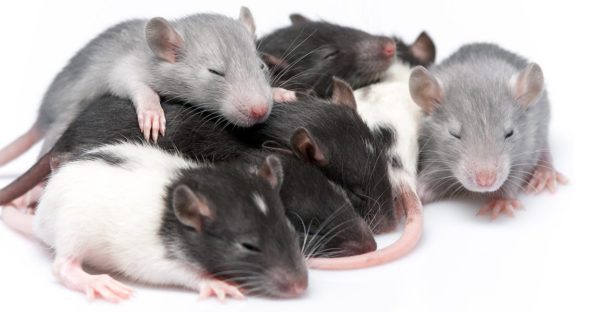
20-27th day
Cubs are practically independent individuals, they feed on the food of adult animals, milk production is on the decline, lactation stops by the 27th day of life of the babies. The physiological feature of rat pups is eating during this period the faeces of the female and accustoming them to the mineral composition of the adult diet. The rat stops dragging newborns and takes care of the offspring less and less, accustoming children to independence. Babies are still attached to their mother, it is not recommended to separate them during this period.
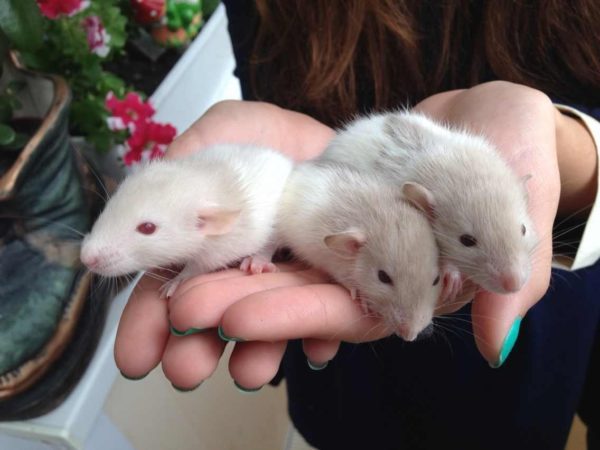
28-30th day
The rat pups are already adults, they are curious about everything new, the kids begin to recognize people and play with the owners. In the wild, a month old, rodents already become independent hunters, and provide their own food and shelter.
When rats open their eyes
Little rat pups are born completely blind and deaf; for the first 12 days of life, the cubs are guided only by smell. Later, in adulthood, the rat explores the entire environment with the help of smell. Scientists have proven that episodic memory in rats is arranged like a human one, the animal is able not only to capture and distinguish between various notes of smells, but also to associate situations of their occurrence and manifestation. The first aromas that a newborn feels are the smell of milk and the body of a mother.
In rat pups, their eyes open on the 12-13th day of life, the kids begin not only to smell, but also to see the world around them. From the moment they open their eyes and gain the ability to see the world around them, rat cubs begin to actively leave the nest and explore new territories. The eyes of rats are located on the sides of the head, such an anatomical feature opens up a wide viewing angle for them. The animal, without turning its head, can look with both eyes in different directions, even up, back and down. In this way, nature saves wild rats from being attacked by predatory animals and birds.
Caring for newborn rat pups
A rat cub is a defenseless touching creature that requires increased care of its mother and owner. The mother will take care of the feeding and hygiene of the babies, the owner needs to properly care for the female and her offspring, without interfering with the physiological processes. To do this, it is desirable to create comfortable conditions for newborn rat pups:
- in no case should you pick up and examine the cubs, the female can abandon or eat the brood from stress;
- a cage with a brood of rats should be in the quietest, warmest and dryest room;
- the rat cleans the nest on its own, throwing dirty pieces of bedding into the corner of the cage, the owner constantly needs to give the female clean napkins. You can remove used wipes from the cage no earlier than the 8th day of life, without touching the nest. If the rat is worried about cleaning, set it aside;
- watch the door of the cage, after the 8th day the cubs are very nimble and can jump out and crash on the floor, or the female drags the newborns to any quiet corner of the apartment;
- feed the female with nutritious food and keep the drinker filled with clean drinking water;
- carefully introduce healthy complementary foods to babies for the proper development of the digestive system of newborns.
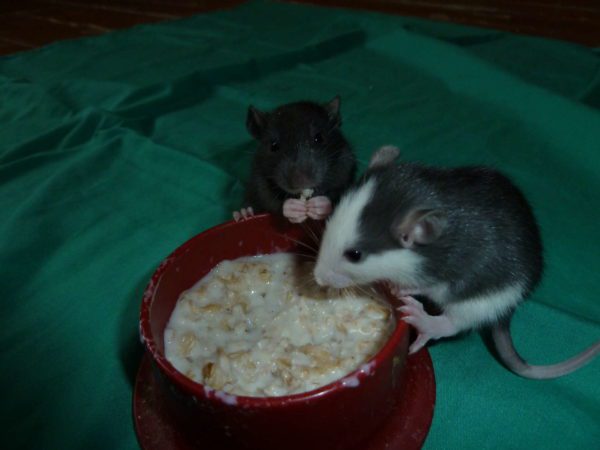
When can you take rat pups in your hands
Touching rats immediately after birth is highly discouraged! A mother can eat a baby with a human smell, and there is also a chance of inadvertently damaging the thin bones of a newborn.
Toward the end of the second week of life, newborns can be taken out of the nest for a short time in the absence of a female, examine the rat pups and determine the sex of the animals. It is advisable to do this in medical gloves or with thoroughly washed hands so that the female does not leave the brood.
From the end of the second week, you can take the babies out of the cage, often already in the presence of the mother, so that the rat trusts you and does not worry about the children. Rats at this age are unusually nimble and inquisitive, while the female is walking every day, it is desirable to accustom the rats to friendly human communication: gently wear in two palms, stroke, talk in an affectionate voice, wear in the sleeve and in the bosom. Wary tiny animals quickly get used to people, begin to trust them.
IMPORTANT!!! Lack of active close contact with a person at a young age can make a pet fearful or aggressive towards a person.
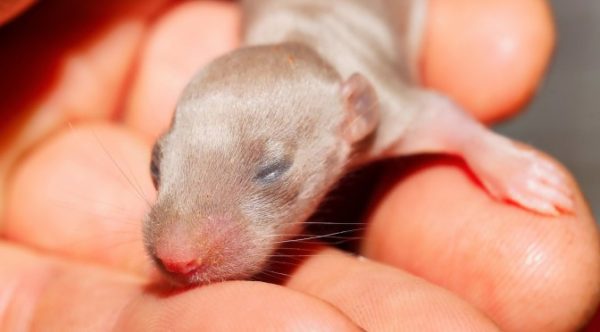
When can rat pups be given away
From 2 weeks old, it is advisable to often take babies in your arms and give treats from your hands., the animals will get used to do without a mother, remember the smell and voice of the owner. During feeding, the rat can bite the owner, mistaking the finger for a treat. It is absolutely impossible to raise your voice in such cases and scare the baby.
At 5 weeks, males need to be separated from their mother in a separate cage to avoid uncontrolled mating: an adult female can become pregnant, and from 6 weeks, young females. If possible, it is useful to keep the boys with their dad, and the girls with their mom, the cubs learn the life skills they need from adults. In the wild, rats also live in same-sex packs. Babies can be kept near the female or male for any length of time, given the size of the cage and the number of pets.
After jigging, young animals can be completely transferred to adult food by adding greens, vegetables, fruits and fish oil. At first, it is useful to feed babies with cow or goat milk from a pipette.
At 5-6 weeks of age, you can give away rats, up to 4 it is highly not recommended, the cubs in this period are still breastfed, early weaning can adversely affect the health of the rat. A late change of ownership is also undesirable, as adults get used to the owner and experience stress when the environment changes.
What to feed a rat
According to the laws of nature, the mother should feed the rats with milk, but sometimes it happens that the female dies in childbirth or flatly refuses to take care of the offspring. Best suited for a foster mother is a lactating female rat or laboratory mouse, which can be bought at a pet store. Otherwise, the owner will become a foster mother for the kids.
Newborns must be kept in a box with felt or felt cloth to maintain a constant temperature of 38-39C you can put a container of water or an electric heating pad under the bottom, preventing overheating of the cubs.
Before and after feeding, it is necessary to massage the tummies and the genital area of the anus of rat pups with a wet warm swab to stimulate intestinal motility, the feces must be immediately removed from the nest.
Feeding newborn rat pups is a rather complicated procedure. For feeding, use pet milk replacer or dry soy infant formula diluted with goat’s milk. The mixture can be diluted with water with the addition of condensed milk. The liquid mixture is stored no more than a day in the refrigerator.
It is best to feed babies with a warm mixture from an insulin syringe with an intravenous catheter at the end, you can try to make a nipple from a piece of tissue. All items after each feeding are subject to mandatory boiling. To prevent the development of enteritis, after each feeding, each baby is given a drop of Biovestin.
Weekly feeding of rat pups:
- 1 Week. In the first week of life, the cubs are fed with a liquid diluted mixture every 2-3 hours during the day and 1-2 times at night; by the end of the week, dry ground grain feed can be added to the mixture;
- 2 Week. In the second week, grain rat food is diluted with a mixture to the state of liquid sour cream, babies are fed every 4 hours during the daytime and 1 time at night;
- 3 Week. On the third week, feed with the mixture is poured into a bowl for rat pups, night feeding is canceled;
- 4 Week. At the beginning of the fourth week, babies are transferred completely to dry feeding.
In a month, rat pups eat adult food, you can drink goat or cow milk from a pipette for up to 5-6 weeks. Small animals are fed with a dry grain mixture, cottage cheese, boiled fish and chicken, boiled chicken wings, apples, bananas, greens, oat and wheat sprouts, broccoli, boiled liver, chicken egg yolks can be given in small quantities. Mushrooms, tomatoes and cucumbers are not recommended for babies.
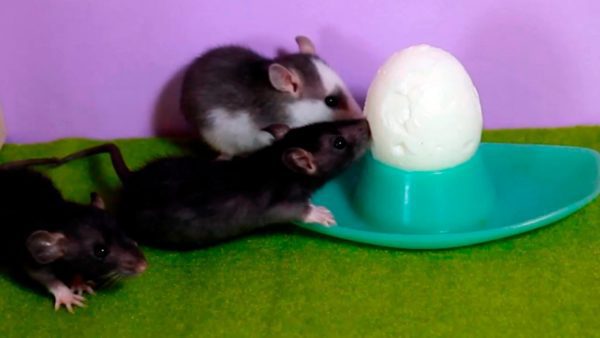
In the case when the brood is fed by the mother, it is necessary to feed the babies by the end of the third week. The rat pups remain on breastfeeding and begin to eat grain feed, cereals, baby food, curds, boiled meat and greens with the female from the common feeder.
Newborn rat pups are small defenseless creatures that require special careful care and attention from their mother and owner. You need to treat them like your children, feed, care for and cherish. Rat babies at the age of one month are a funny, perky flock of smart and affectionate animals, communication with which brings only a lot of pleasure.
Newborn rat pups: stages of development and care rules
4.4 (87.5%) 56 votes



